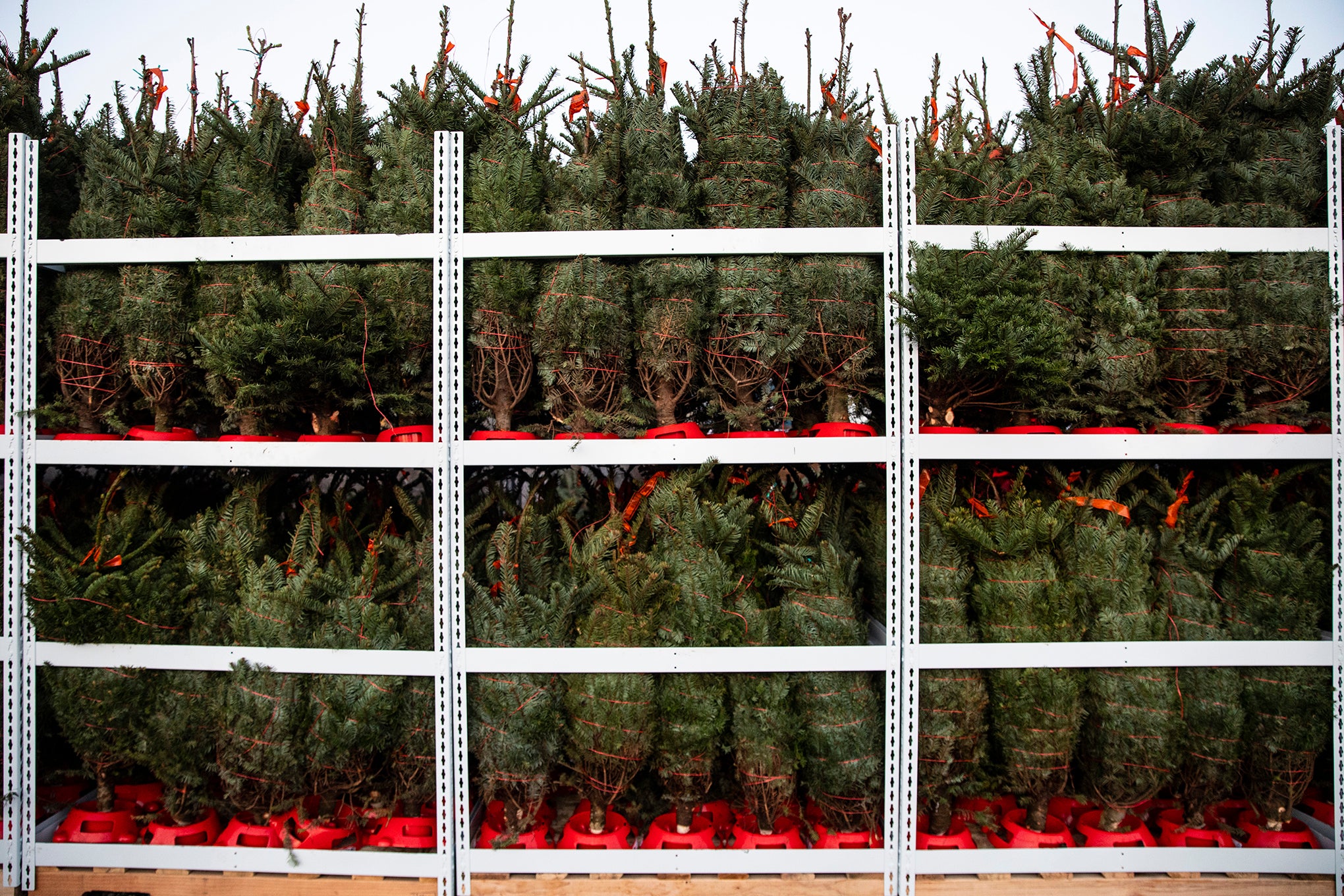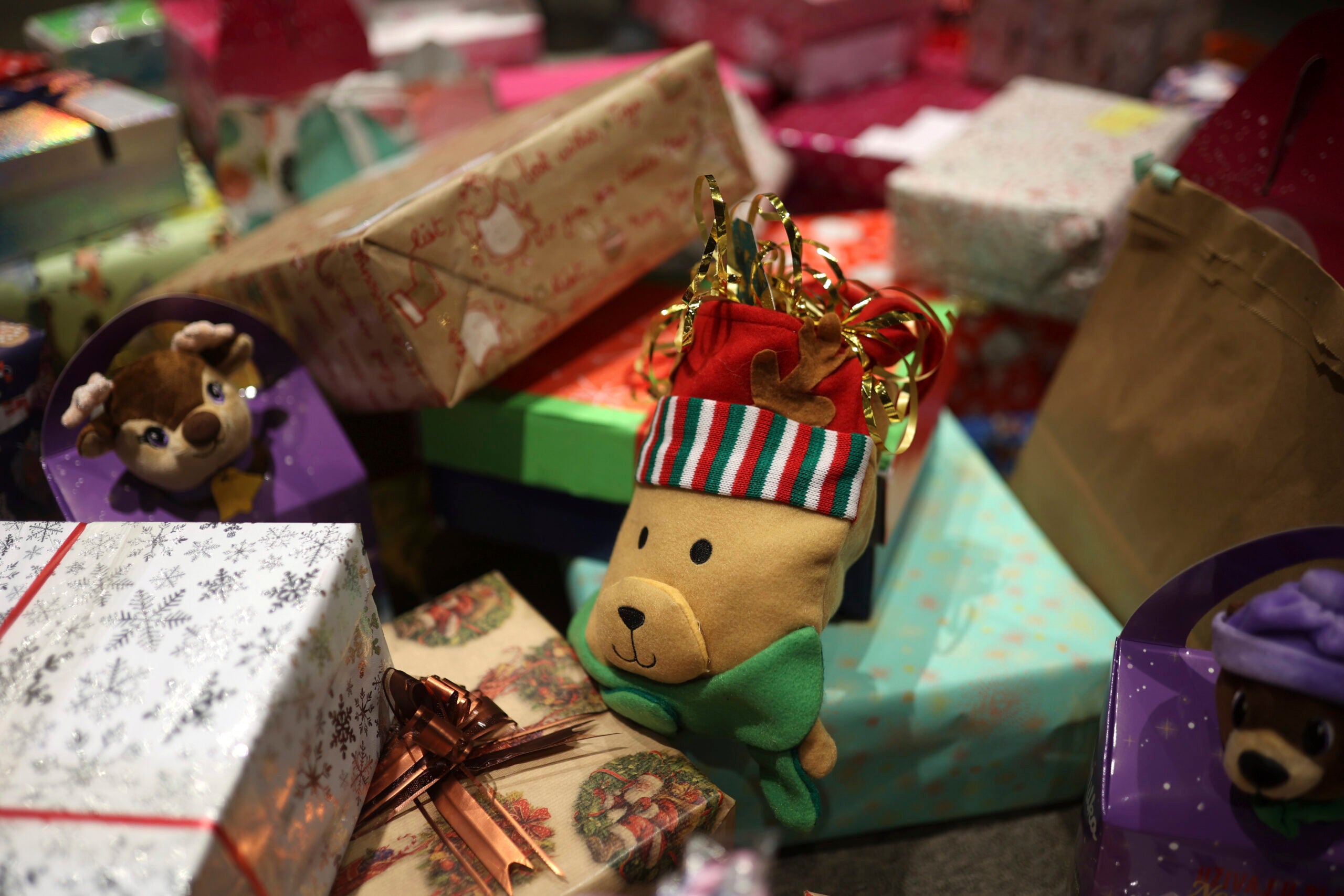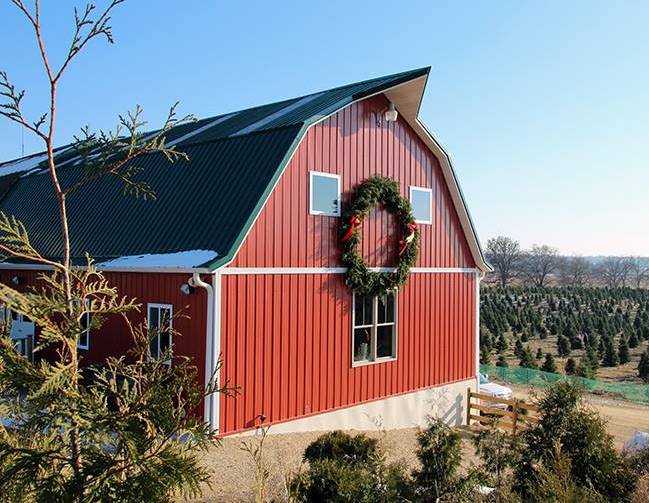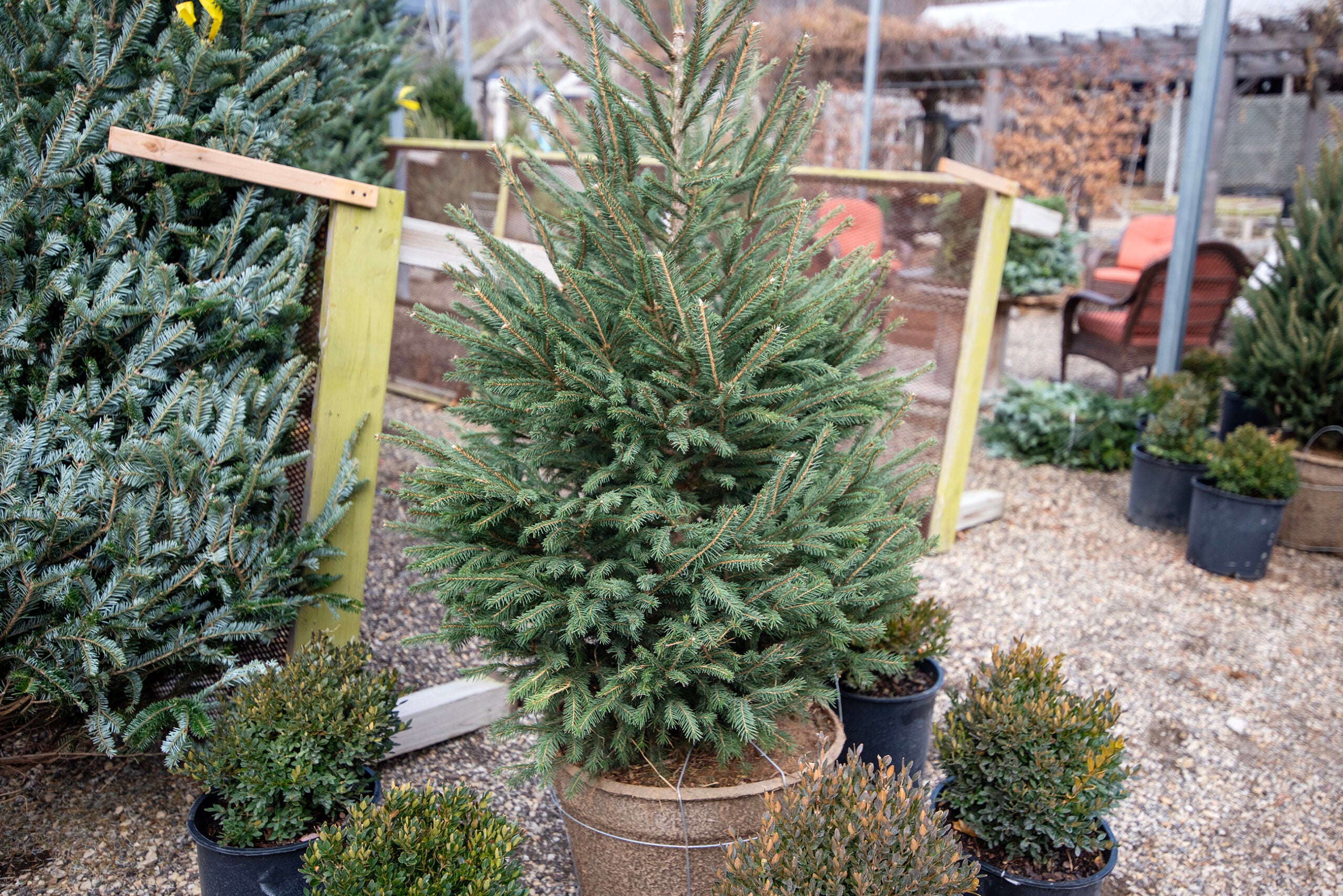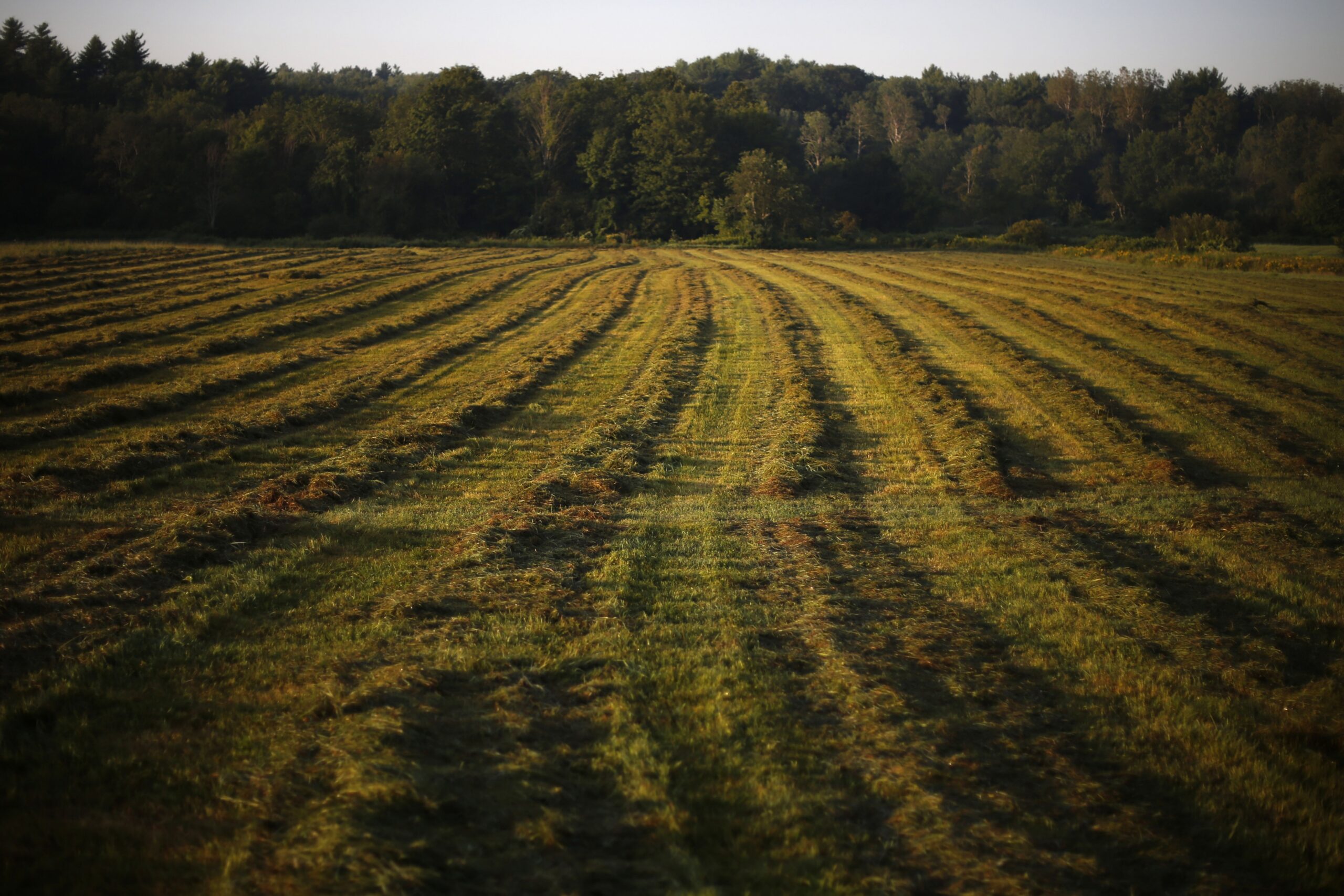Trekking into the wilderness to harvest a Christmas tree isn’t just a tradition for Clark Griswold and his family.
Even as more people are buying artificial or fake Christmas trees, there are still nearly 900 Christmas tree farms in Wisconsin and over 700,000 Christmas trees are cut across the state every year. But a recent kerfuffle in Milwaukee about where natural trees should go after the holiday season has left some people wondering how to properly dispose of their tree.
The Wisconsin Department of Natural Resources says Christmas trees are defined as “yard waste,” and state law prohibits sending yard waste to “solid waste disposal facilities,” or landfills.
News with a little more humanity
WPR’s “Wisconsin Today” newsletter keeps you connected to the state you love without feeling overwhelmed. No paywall. No agenda. No corporate filter.
“This organic waste (trees), when it’s in landfills, it does break down and create methane, a greenhouse gas, and we’re trying to keep that reduction down,” said Kate Strom Hiorns, the DNR’s recycling and solid waste section manager.
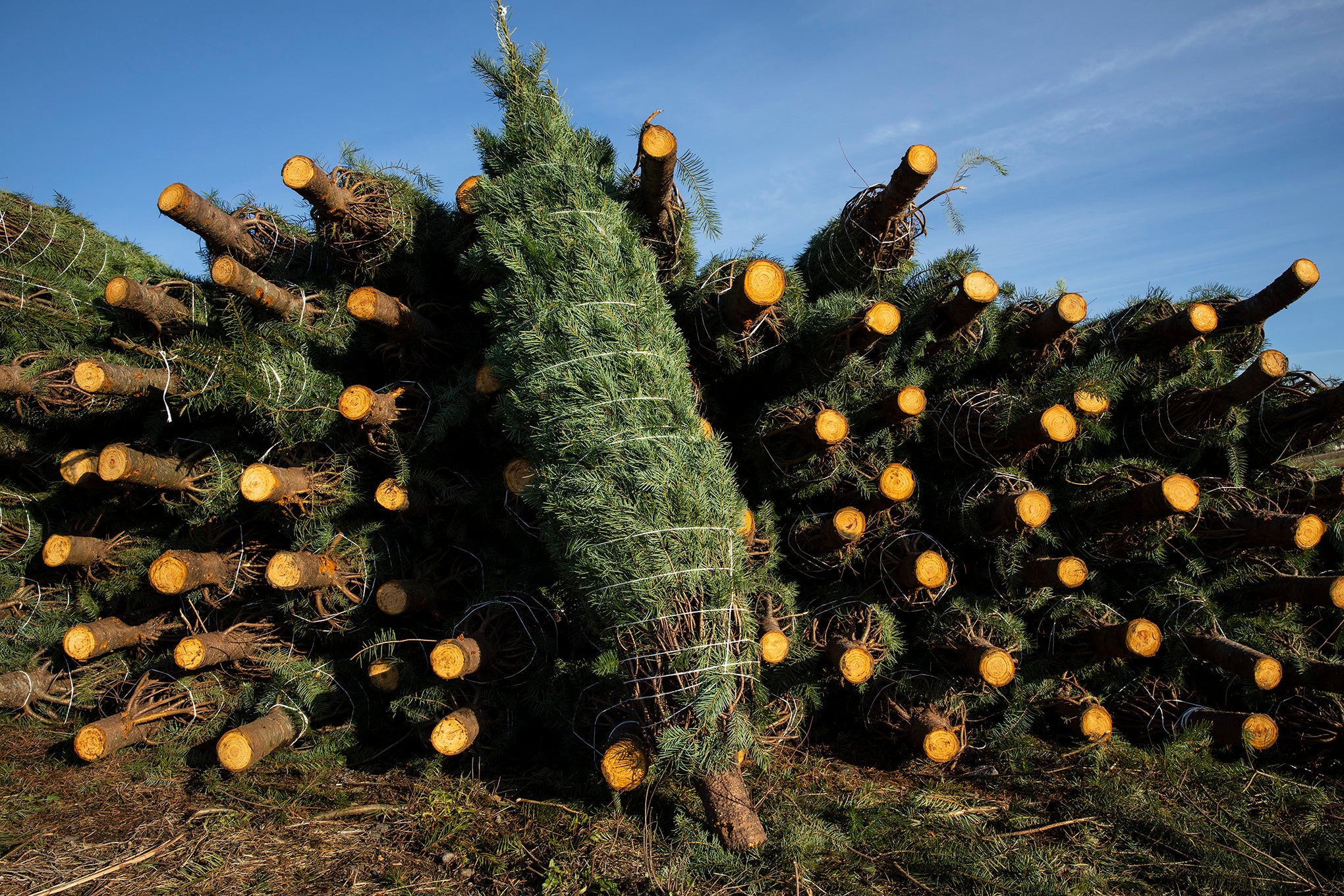
Brad Wolbert, the waste and materials management program director with the DNR, said wood waste and trees have value outside the landfill. He also said other states across the nation have similar laws banning trees from going into landfills.
“We would like to see that (tree) be utilized in a productive way,” Wolbert said during a recent DNR media briefing.
What to do with your Christmas tree?
If your municipality does pick up Christmas trees after the holiday, Strom Hiorns said residents should remove lights, decorations and any wires from their tree after they’re done using it. Some municipalities, like Madison, require residents to place the trees at the edge of the street and remove tree bags or plastic around the tree as well.
If your municipality doesn’t provide a pick-up service and has a drop-off site nearby, Strom Hiorns said residents should use that service. But if residents don’t have either of those options, she said they can search for a nearby compost site on the DNR website.
“The DNR highly recommends chipping or composting yard waste. Burning is not recommended when other options are available due to the health and air quality impacts,” according to the DNR.
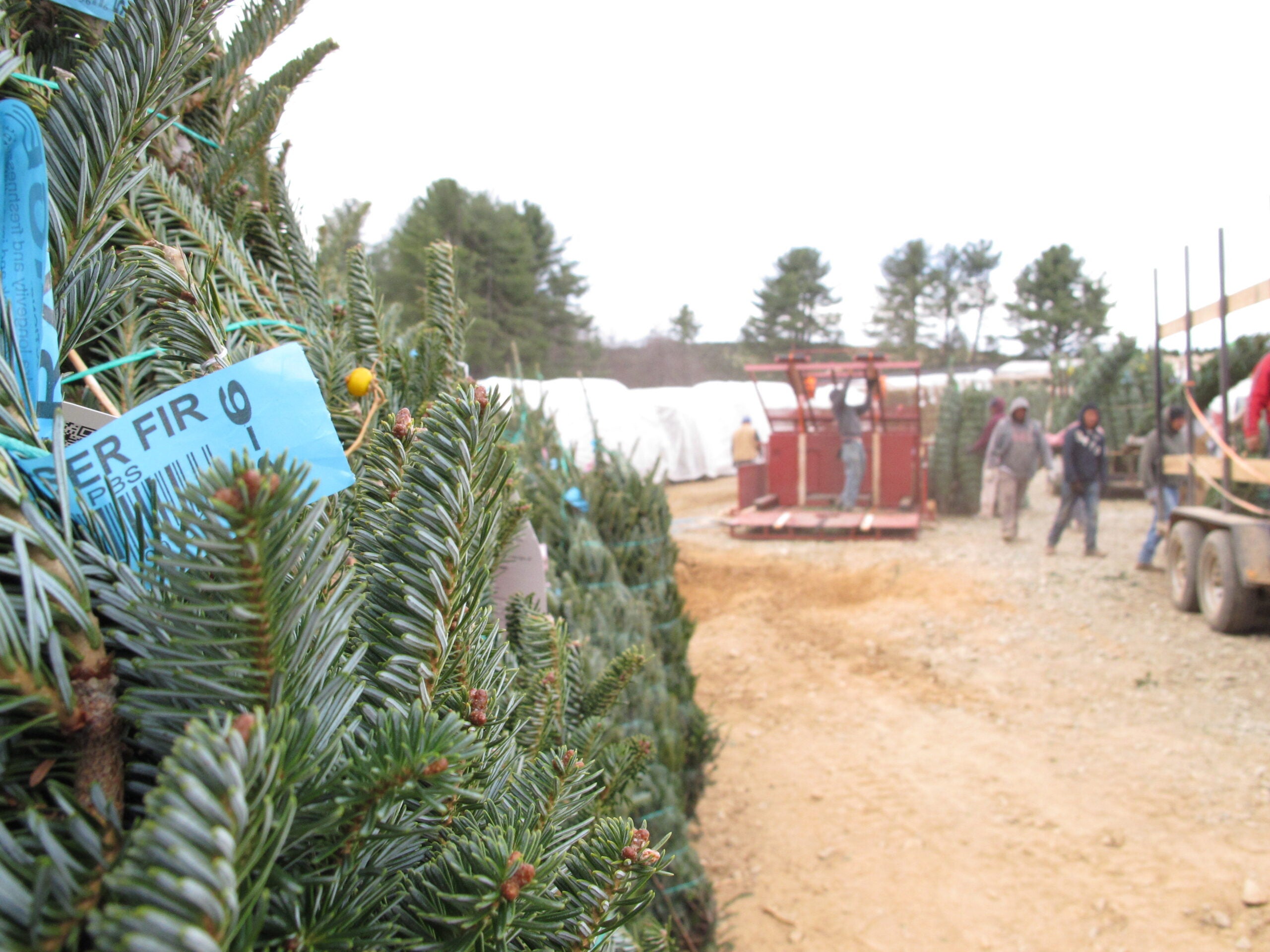
If you’re not able to get your tree to a compost site, the U.S. Environmental Protection Agency offers tips on their website on how to create your own compost pile at home.
Milwaukee kerfuffle
In January, the Milwaukee Department of Public Works received a notice of noncompliance from the DNR regarding the city sending natural Christmas trees to landfills after the holiday season. That notice came after the DNR received a complaint about that practice.
The Milwaukee Department of Public Works sent a memo to the Common Council last week that said it would stop collecting Christmas trees from residents this year, and instead require them to be dropped off at sites throughout the city. That decision angered residents, as alders said their offices were flooded with complaints about citizens worried about getting their trees to drop-off centers because of the closeness of the holiday season. During a special meeting Monday, Milwaukee Alder Lamont Westmoreland said he’s received several angry calls and emails from residents.
“People are pissed off, I’m pissed off about it,” Westmoreland said at the meeting. “The people have been failed.”
“People have purchased their trees. The least we could have done is … given us the opportunity to let people know that this is coming down the line, giving them the opportunity to buy an artificial tree, so they don’t have to deal with this headache, this inconvenience,” he added.
Alder Bob Bauman said he was also “shocked” by the last minute decision to alert the public of the change.
“We were pretty flabbergasted by the whole sequence of events,” Bauman said.
Bauman said citizens pay property taxes and a solid waste fee every year.
“So they’re literally paying twice for these basic services, and it’s our job to perform them,” Bauman said.
During the meeting, Milwaukee Sanitation Services Manager Rick Meyers said the department will back off from their original decision and still pick up the trees this year and send them to a drop-off site.
In an email, a spokesperson for the city said the “trees will be recycled. We will have a later update about the process.”
Next year, Bauman thinks the city will continue to do the same.
“I don’t think there’s any desire to change policy that would not result in Christmas trees being collected by the city,” Bauman said.
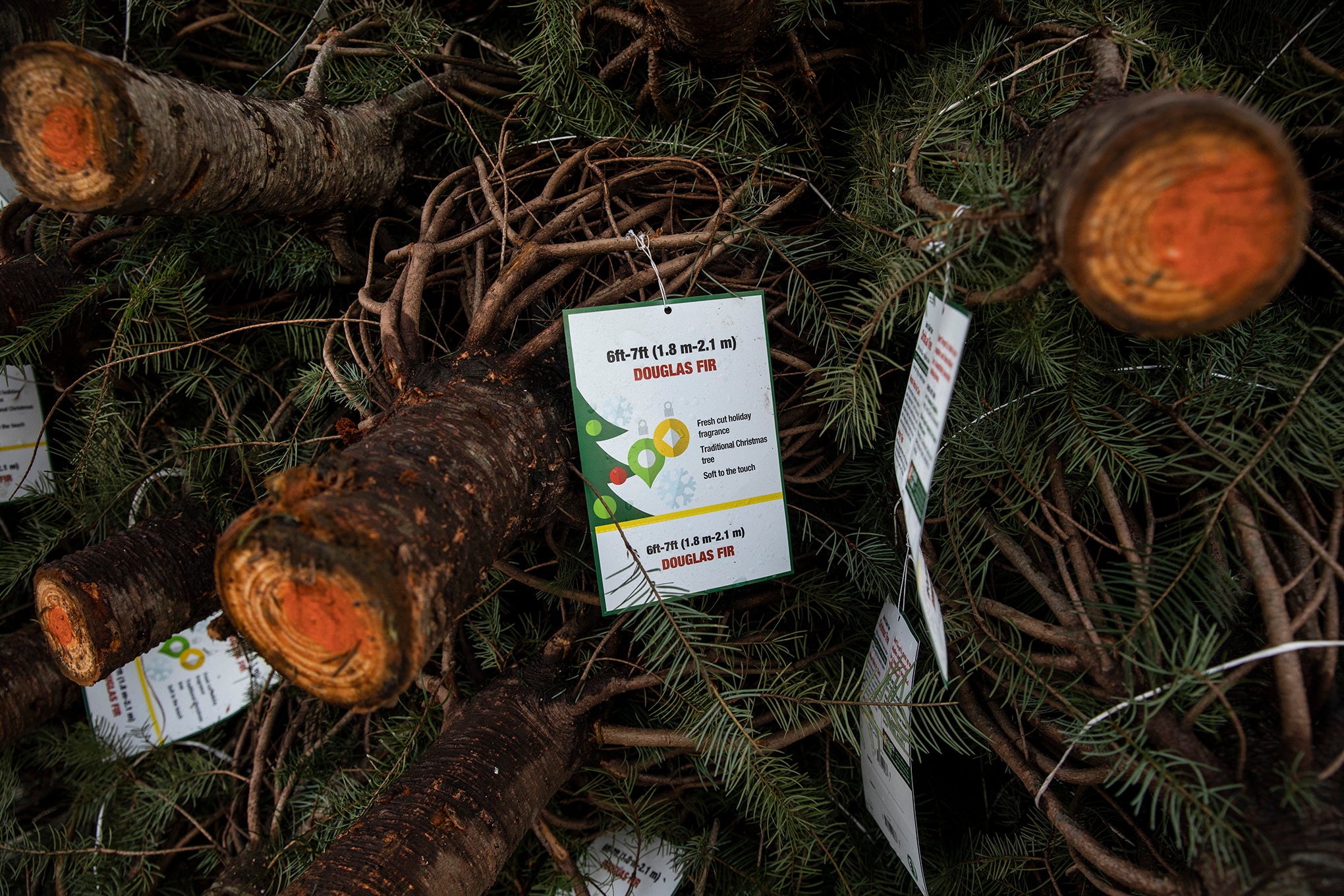
How many communities still send trees to landfills?
Strom Hiorns said the DNR is still working to gather information from other communities to ensure Christmas trees don’t end up in landfills. Wolbert said he believes it may be a “more widespread misunderstanding.”
The state DNR will be asking other municipalities across Wisconsin about their Christmas tree waste practices.
“It’s a matter of us learning more too and just seeing if there are more misinterpretations or understandings of that landfill ban and how trees are handled,” she said.
Wisconsin Public Radio, © Copyright 2025, Board of Regents of the University of Wisconsin System and Wisconsin Educational Communications Board.

